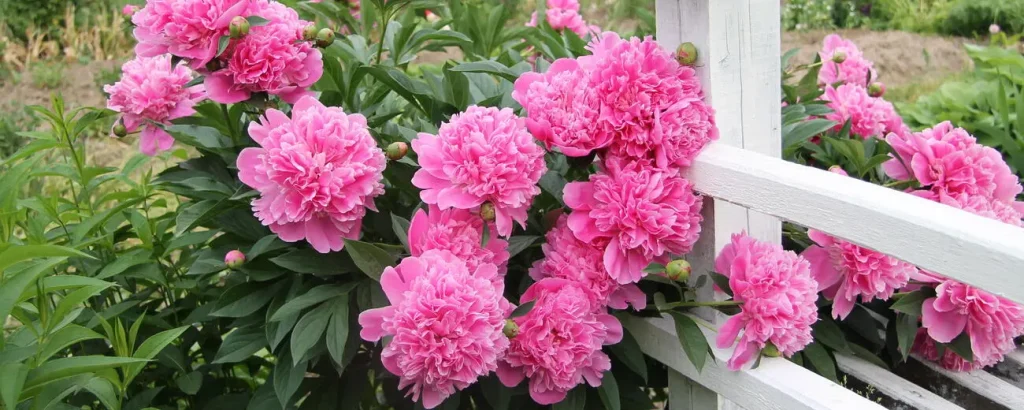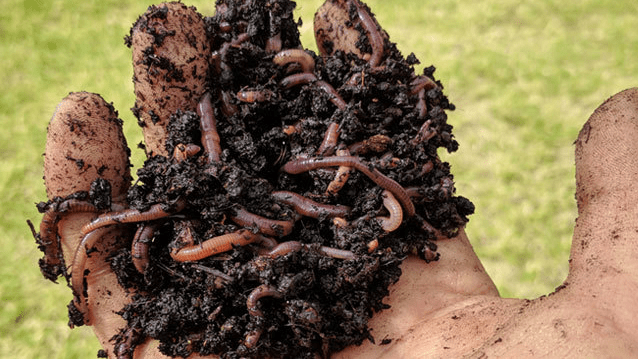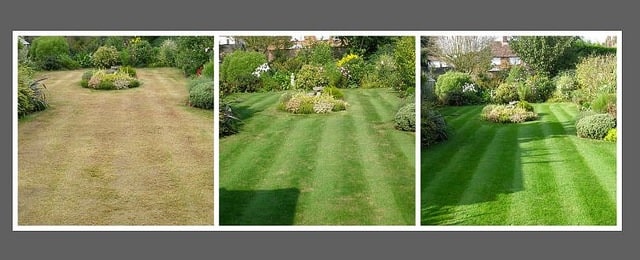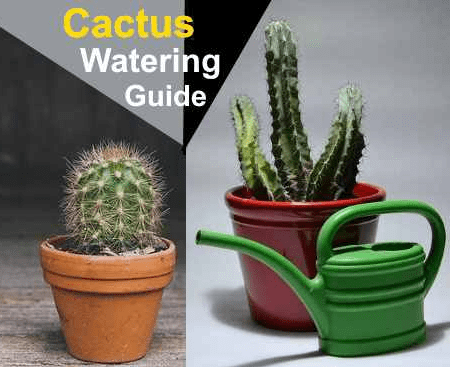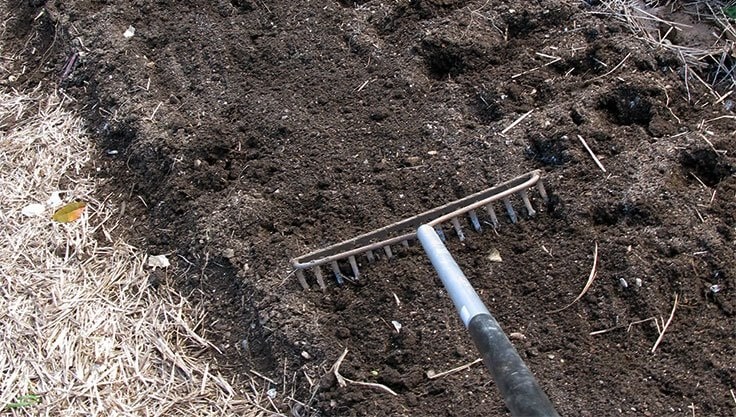When lush blooming perennials fall over or even bend, it’s heartbreaking. Plants like peonies, asters, rudbeckia, and delphiniums, with their abundance of flowers, tend to lose their structure. Once the wind has knocked them down, it’s too late. But this doesn’t have to happen. By using plant supports early on, you don’t have to worry about wind or weather.
Contents
DIY Plant Supports
There are many different types of plant supports available for purchase. Depending on your taste, you can use plant rings or stakes made from coated wire, iron, or wood in your garden. However, you don’t necessarily have to spend money on them.
You can easily make plant supports using natural materials. For example, you can stick branched twigs or rods deep into the ground in an X-shape around the plants. Plant supports made from branches or with binding material from natural substances blend harmoniously into the garden and can later decompose on the compost pile.
How to Use Plant Supports Correctly
Install plant supports in early spring when the plants are still low. This way, the plants will grow into the supports. It’s important not to tie the plants too tightly. If the ties are too tight, the stems are at risk of breaking. Additionally, very tightly bound plant clumps increase the risk of diseases. Moisture collects in the leaves, which cannot escape, making it easy for fungal infections to develop.
If the shoots grow loosely into the support, the plants will have enough space, and the perennial bed will retain its natural look.
Overview on the tips:
- Install Early: To give your plants the best chance to grow into the support, install the supports early in spring when the plants are still small. This will help them grow naturally and securely.
- Avoid Over-Tightening: Don’t tie the plants too tightly to the supports. When ties are too tight, the stems can break.
- Allow Airflow: Overly tight clusters of plants increase the risk of diseases. When moisture collects on the leaves without proper airflow, fungal infections can develop.
- Loose and Natural Growth: Allow the plants to grow loosely into the supports, providing them with ample space. This will preserve the natural look of your perennial bed while keeping your plants standing strong.
Shopping Tips: Plant Supports
- Sturdy full-metal plant support (50 cm diameter, 120 cm height) in a rust look – ideal for hydrangeas, clematis, and roses.
- Set of 2 plant supports in a rust finish (30 x 41 cm), ideal for supporting small shrubs, roses, and perennials in the garden or pots.
- Set of 4 half-round plant supports made of iron (90×55 cm) with a ball, hand-crafted – stable, rusting, and decorative.
- Set of 2 KUHEIGA plant supports made of 8mm solid iron (60 cm & 85 cm), in raw iron or rusty look – stable and decorative in the garden.
Below is a quick video with some tips on how to keep tall plants from falling over!
Prune Regularly
Proper pruning not only helps shape your plants but also keeps them more compact, reducing the likelihood that they will flop over. Cut back any dead or weak growth, and for taller plants, remove any top-heavy stems that could cause instability.
Mulch
Mulching around your perennials helps maintain soil structure and keeps the roots more stable. It also adds weight to the base of the plant, which can give it extra support, especially for plants prone to falling over in heavy winds or storms.
Plant in Groupings
When planting perennials, consider placing taller plants in the center of beds and shorter plants around them. This creates a more balanced arrangement that provides natural support to the taller plants. Grouping plants with similar growth habits will help them support one another.
Choose the Right Location
Make sure to plant perennials in areas where they are less likely to be affected by strong winds. If you live in a particularly windy area, plant taller perennials in more sheltered parts of your garden or near a fence, wall, or other structures that can act as a windbreak.
Consider Sturdier Varieties
If falling over is a persistent problem, you might want to choose more sturdy varieties of perennials for your garden. Some plants, like the ‘David’ variety of phlox or compact types of asters, are bred to be more upright and less prone to toppling.
By using these techniques, your perennials should remain standing strong throughout the growing season, allowing you to enjoy their beauty without the worry of them falling over!

